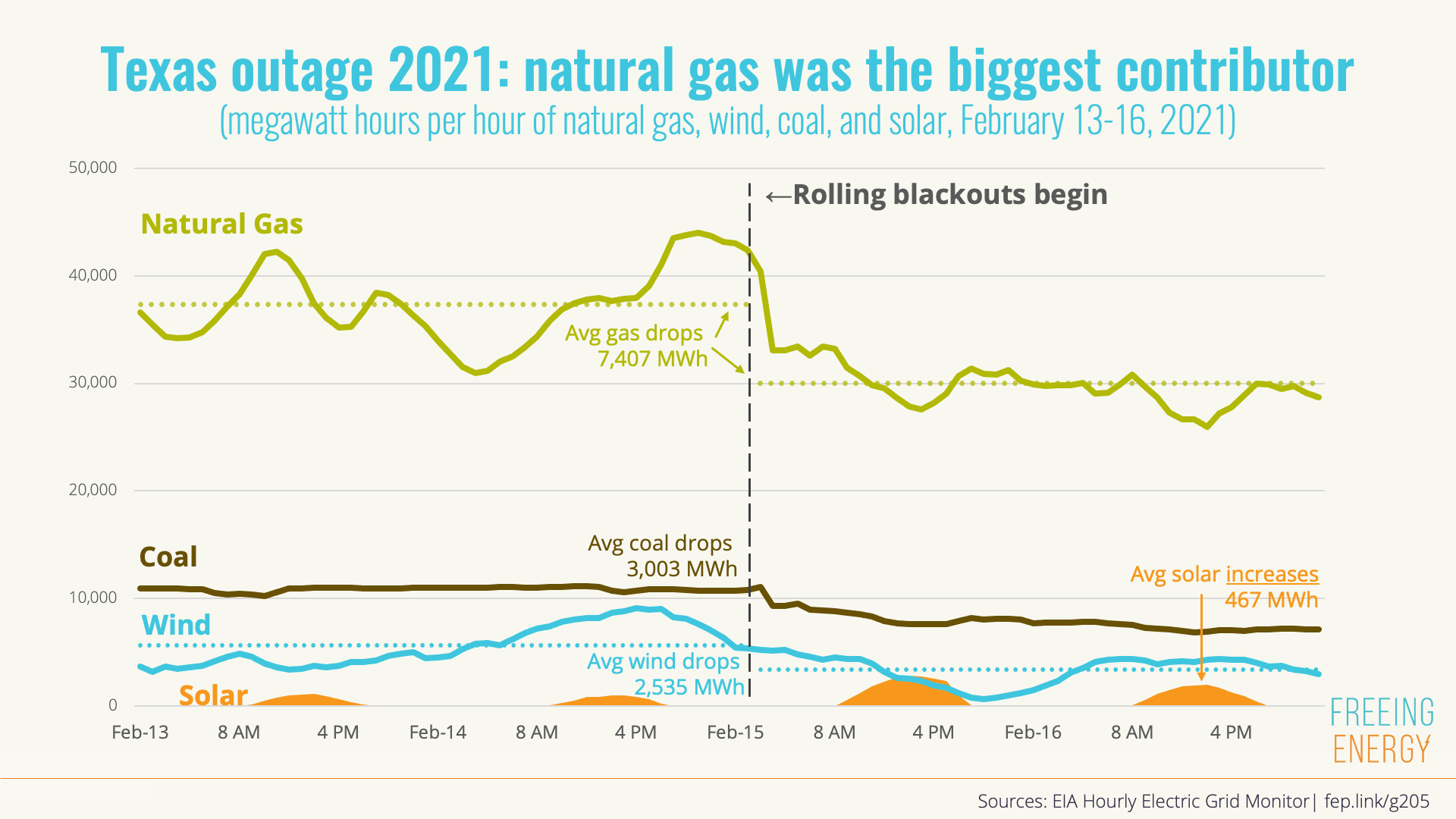Causes of Texas Power Outages
Texas power outage – Texas, renowned for its scorching summers and freezing winters, experiences frequent power outages. These disruptions stem from a complex interplay of factors, including extreme weather events, aging infrastructure, and high demand for electricity.
Extreme Weather Events, Texas power outage
Texas’s geographical location makes it susceptible to a wide range of weather hazards, including hurricanes, tornadoes, and ice storms. These events can damage power lines, transformers, and other critical infrastructure, leading to widespread outages. For instance, the devastating Hurricane Harvey in 2017 left over 300,000 Texans without power for days.
The power outage in Texas, a chilling reminder of the state’s vulnerability to extreme weather, has once again brought to light the devastating impact of natural disasters. As the storm rages on, leaving a trail of destruction in its wake, we cannot help but recall the horrors of the hurricane in Texas that left an indelible mark on the region’s history.
With each passing day, the power outage exacerbates the challenges faced by residents, highlighting the urgent need for resilient infrastructure and disaster preparedness.
Aging Infrastructure
Much of Texas’s power infrastructure is aging and in need of upgrades. Some power plants and transmission lines have been in operation for decades, exceeding their intended lifespan. Aging equipment is more prone to failures, especially during periods of extreme heat or cold.
High Demand
Texas has a rapidly growing population, which has led to a surge in electricity demand. The state’s hot summers and cold winters place a significant strain on the power grid, as air conditioners and heaters are heavily used. During peak hours, the demand for electricity can exceed the available supply, resulting in rolling blackouts.
The recent power outage in Texas has left many residents without electricity and water. Laura Day, a resident of Texas, has been documenting the experience on her blog, laura day texas. Day has been sharing photos and videos of the power outage, as well as her thoughts and feelings on the situation.
Her blog has been a valuable resource for those who are trying to stay informed about the power outage and its impact on Texas residents.
Impact of Renewable Energy Sources
Texas has made significant investments in renewable energy sources, such as wind and solar power. While these sources can help reduce greenhouse gas emissions, they can also introduce challenges to grid stability. The intermittent nature of renewable energy can make it difficult to balance supply and demand, especially during periods of high consumption or low wind and solar generation.
Consequences of Texas Power Outages

The widespread power outages in Texas have had severe consequences for individuals, businesses, and the economy. The immediate impact includes disruption of daily life, loss of essential services, and health risks. In the long term, power outages can lead to economic losses, damage to infrastructure, and social unrest.
Immediate Consequences
- Disruption of Daily Life: Power outages disrupt daily routines, making it difficult to cook, bathe, or use electronic devices. This can lead to stress, anxiety, and inconvenience.
- Loss of Essential Services: Power outages can disrupt essential services such as water treatment plants, hospitals, and emergency response systems. This can pose a serious threat to public health and safety.
- Health Risks: Power outages can be particularly dangerous for vulnerable populations, such as the elderly, children, and those with chronic health conditions. Without power, medical equipment may fail, and access to food and water may be limited.
Long-Term Consequences
- Economic Losses: Power outages can lead to significant economic losses for businesses and individuals. Lost productivity, damaged equipment, and supply chain disruptions can have a ripple effect throughout the economy.
- Damage to Infrastructure: Power outages can damage critical infrastructure, such as power lines, transformers, and substations. This damage can take time and resources to repair, further exacerbating the economic impact.
- Social Unrest: Prolonged power outages can lead to social unrest and civil unrest. When people are without power for extended periods, they may become frustrated and desperate, leading to protests and even violence.
Solutions to Texas Power Outages

To enhance the dependability of Texas’ power grid, numerous remedies are being investigated and carried out. These remedies encompass governmental rules, utility investments, and consumer behavior. Additionally, cutting-edge technology and tactics, such as smart meters and dispersed energy sources, are being investigated to boost grid resilience.
Government Regulations
Government regulations play a crucial role in assuring the reliability of the power grid. The Public Utility Commission of Texas (PUCT) is responsible for regulating the state’s electric utilities. The PUCT has implemented several measures to improve grid reliability, including requiring utilities to invest in infrastructure upgrades and to develop emergency response plans.
Utility Investments
Utilities are also investing in infrastructure upgrades to improve grid reliability. These upgrades include new transmission lines, substations, and transformers. Utilities are also exploring the use of new technologies, such as smart meters and distributed energy resources, to enhance grid resilience.
Consumer Behavior
Consumers can also play a role in improving grid reliability by reducing their energy consumption during peak demand periods. Consumers can also participate in demand response programs, which allow them to reduce their energy consumption in exchange for financial incentives.
Innovative Technologies and Strategies
Innovative technologies and strategies are also being explored to enhance grid resilience. These technologies and strategies include:
- Smart meters: Smart meters can help utilities to identify and address grid problems. Smart meters can also be used to implement demand response programs.
- Distributed energy resources: Distributed energy resources, such as solar panels and wind turbines, can help to reduce the reliance on centralized power plants. Distributed energy resources can also provide backup power during outages.
By implementing these solutions, Texas can improve the reliability of its power grid and reduce the risk of future outages.
